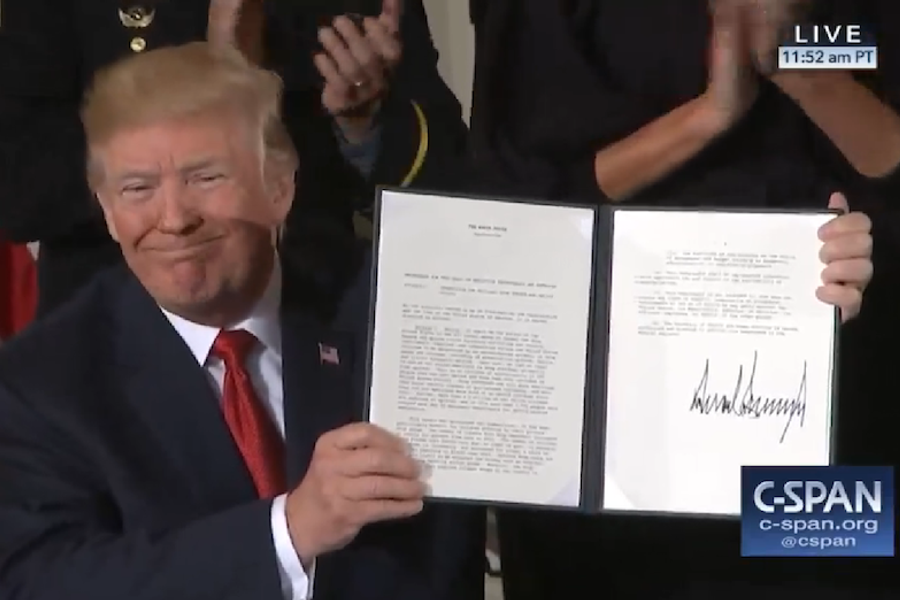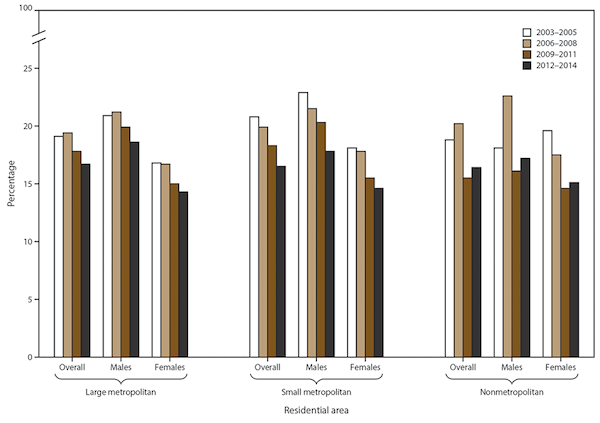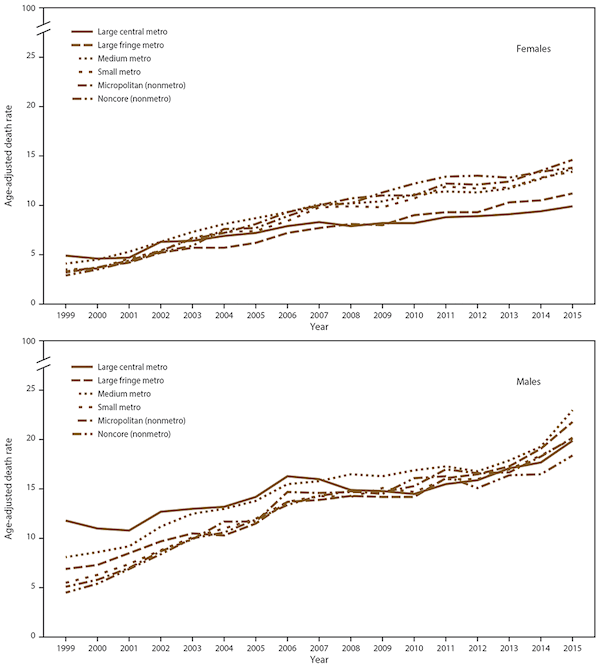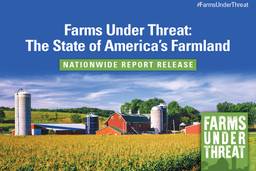
“No part of our society, young or old, rich or poor, rural or urban, has been spared this plague, drug addiction,” said President Trump on Thursday, prior to officially declaring the opioid crisis a national public health emergency.
Last year, at least 64,000 Americans died from drug overdoses — more than gun violence and traffic accidents combined. “That’s 175 lost American lives per day,” said Trump, “That’s seven lives per hour.” In 2015, opioid overdoses alone killed 33,091 people.
Though he conveyed an understanding of the magnitude of the problem, Trump stopped short of declaring the opioid crisis a national emergency (something he said he would do back in August) which would allow states to receive federal funds like they do in the wake of a natural disaster. This public health emergency declaration doesn’t offer new funds, but rather directs the Department of Health and Human Services (HHS) to provide grant money where it sees fit.
Prescription training for federally employed doctors, a public-private partnership with drug companies for the development of non-addictive pain killers and a “massive” advertising campaign aimed at convincing kids not to start doing drugs in the first place were among the initiatives the president proposed in his speech. “If we can teach people before they start, it’s really easy not to take them,” said Trump. Unfortunately, he also reasserted the need to build his ridiculous wall on the southern border to help keep out heroin.
More reasonably, Trump spoke about the need to crack down on the pharmaceutical industry. “We will be bringing some major lawsuits against people and against companies that are hurting our people and that will start taking place pretty soon,” he said. Though Trump mentioned expanding access to addiction treatment, his administration’s failure to fix (and the decision to instead sabotage) the Affordable Care Act means medical help for many who need it will be all the more difficult to get. Insurance premiums and deductibles are expected to rise significantly next year. Meanwhile, GOP House members just approved massive cuts to Medicaid. Sen. Bernie Sanders (I-Vt) was quick to point this out on Twitter:
Trump is right that the opioid crisis is a national emergency. Unfortunately, his announcement today was nothing more than an empty promise. https://t.co/17NIKrgGKu
— Bernie Sanders (@SenSanders) October 26, 2017
Millions depend on Medicaid for opioid treatment. Trump’s solution is to cut Medicaid by $1 trillion. That is a disgrace.
— Bernie Sanders (@SenSanders) October 26, 2017
Trump’s speech comes one week after the Centers for Disease Control and Prevention (CDC) released a report that finds the rates of drug overdose deaths are rising in rural areas and now trending higher than the rate in cities.
Below is a video of the president’s remarks and a portion of that report.
CDC reports rising rates of drug overdose deaths in rural areas
Rates of drug overdose deaths are rising in nonmetropolitan (rural) areas, surpassing rates in metropolitan (urban) areas, according to a new report in the Morbidity and Mortality Weekly Report (MMWR) released today by the Centers for Disease Control and Prevention (CDC).
Drug overdoses are the leading cause of injury death in the United States, resulting in approximately 52,000 deaths in 2015. This report analyzed trends in illicit drug use and disorders from 2003-2014 and drug overdose deaths from 1999-2015 in urban and rural areas. In 1999, drug overdose death rates for urban areas were higher than in rural areas (6.4 per 100,000 population versus 4.0 per 100,000). The rates converged in 2004, and in 2006 the rural rate began trending higher than the urban rate.
In 2015, the most recent year in this analysis, the rural rate of 17.0 per 100,000 remained slightly higher than the urban rate of 16.2 per 100,000.
Urban and rural areas experienced significant increases in the percentage of people reporting past-month illicit drug use. … The new findings also show an increase in overdose deaths between 1999 and 2015 among urban and rural residents. This increase was consistent across sex, race, and intent (unintentional, suicide, homicide or undetermined).
“The drug overdose death rate in rural areas is higher than in urban areas,” said CDC Director Brenda Fitzgerald, M.D. “We need to understand why this is happening so that our work with states and communities can help stop illicit drug use and overdose deaths in America.”

Here are some additional findings from the CDC study:
- The percentage of people reporting past-month use of illicit drugs declined for youth ages 12-17 over a 10-year period but increased substantially in other age groups.
- The percentage of people reporting past-month use of illicit drugs was higher for urban areas during the study period.
- When past-month illicit drug use was examined by annual household income, respondents with an annual household income less than $20,000 had the highest prevalence across all three geographic groups. Persons living in large metropolitan areas with a household income of less than $20,000 experienced the largest increase in past-month illicit drug use during the study period (37.6%), followed by nonmetropolitan residents with a household income of $20,000 – $49,999 (29.8%).
- American Indians/Alaska Natives had the highest drug overdose death rates in 2015 (metropolitan: 22.1 per 100,000; nonmetropolitan: 19.8 per 100,000)
- The percentage change increase in age-specific drug overdose deaths from 1999 to 2015 was higher for nonmetropolitan areas than metropolitan areas for persons aged 12 years and older, with the largest increase in drug overdose deaths (411%) among those aged 18 – 25 years. For those aged 26 – 34 years, nonmetropolitan drug overdose death rates in 2015 were higher than metropolitan rates.
- Most overdose deaths occurred in homes, where rescue efforts may fall to relatives who have limited knowledge of or access to life-saving treatment and overdose follow-up care. Considering where people live and where they die from overdose could improve interventions to prevent overdose.
- The rising death rate of drug overdoses in rural areas, which surpassed rates in urban areas, along with persistent limited access to substance abuse treatment services in rural areas is cause for concern.
- Understanding differences in illicit drug use, illicit drug use disorders, and drug overdose deaths in urban and rural areas can help public health professionals to identify, monitor and prioritize responses.

For data, tools and resources on opioid overdose prevention, visit CDC’s Opioid Overdose web site. For more information on rural health topics, visit CDC’s Rural Health.







